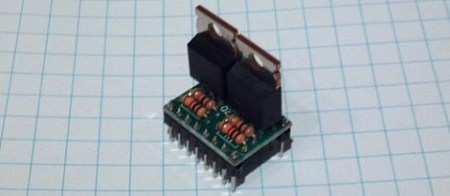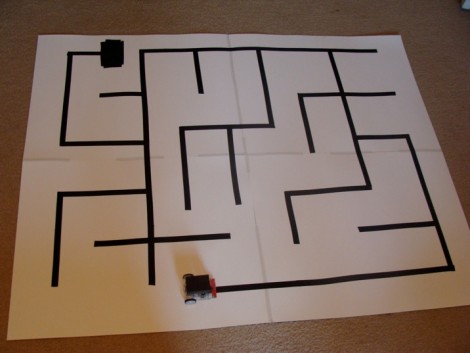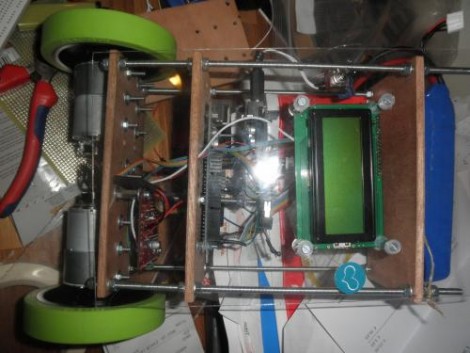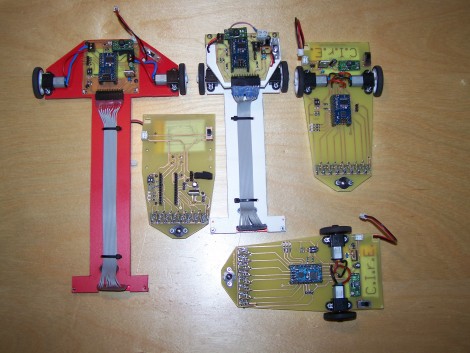
[Marcus] was recently commissioned to put together the electronics for a slick 10 meter long LED installation at the Hsinchu Biomedical Science Park Exhibition Center in Taiwan. While you might assume that he was asked to construct a large LED matrix, this project is a little bit different from what you probably expected.
The display is actually a long light tunnel made up of 30 moving triangles suspended from the ceiling. The triangle movement is governed by 60 separate stepper motors, while the lighting is provided by 30 HL1606 RGB LED strips he picked up from Adafruit. The display’s logic is handled completely by an XMOS controller, which is beefy enough to handle controlling all of the stepper motors and the LEDs simultaneously.
After he hand assembled all of the motor driver boards and tested things in his workshop, the whole lot was shipped over to Taiwan for assembly by the on-site crew. After a bit of troubleshooting, they were able to get things working properly, and the display looks great as you can see from the image above.
[Marcus] says that he doesn’t have video of the display in action just yet, though he will update his post whenever he does.
[Thanks, Paul]
















